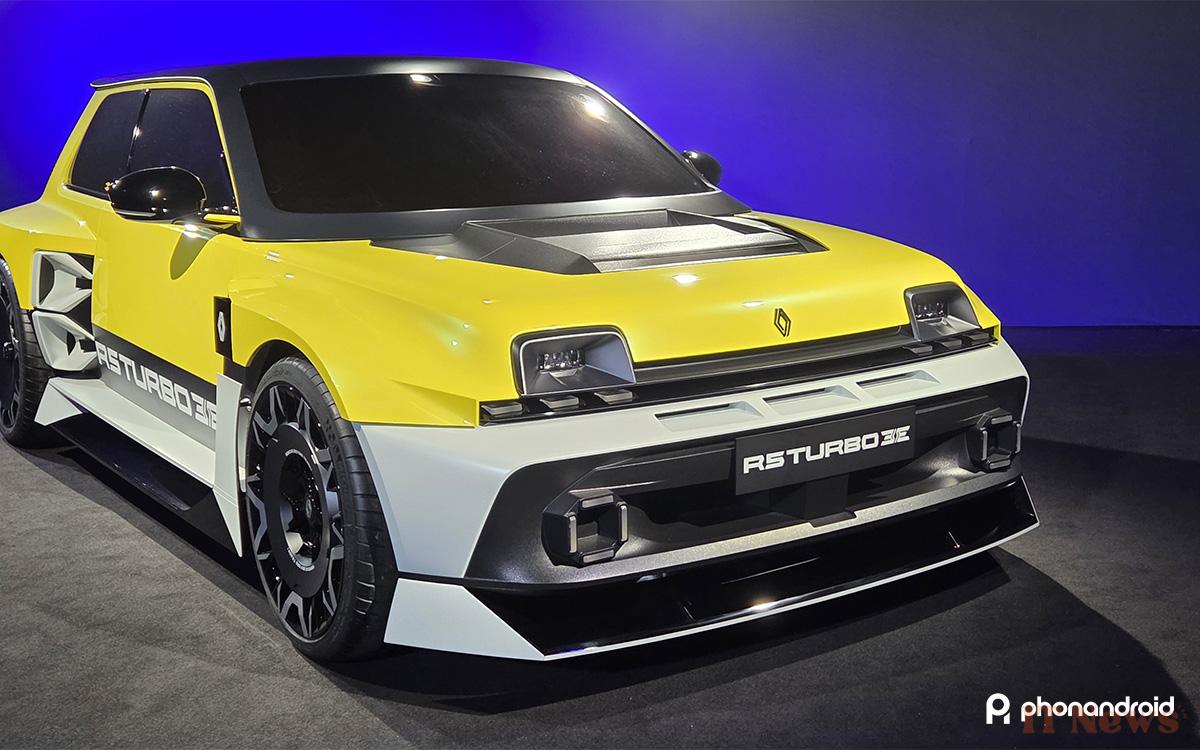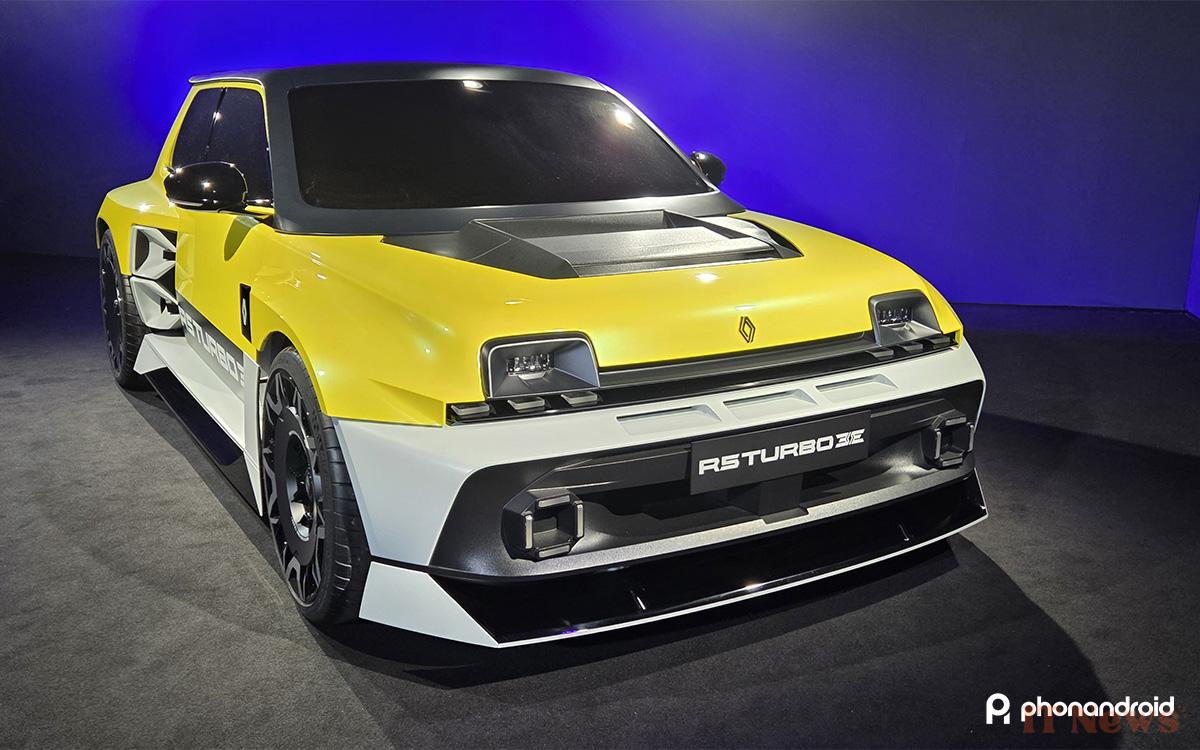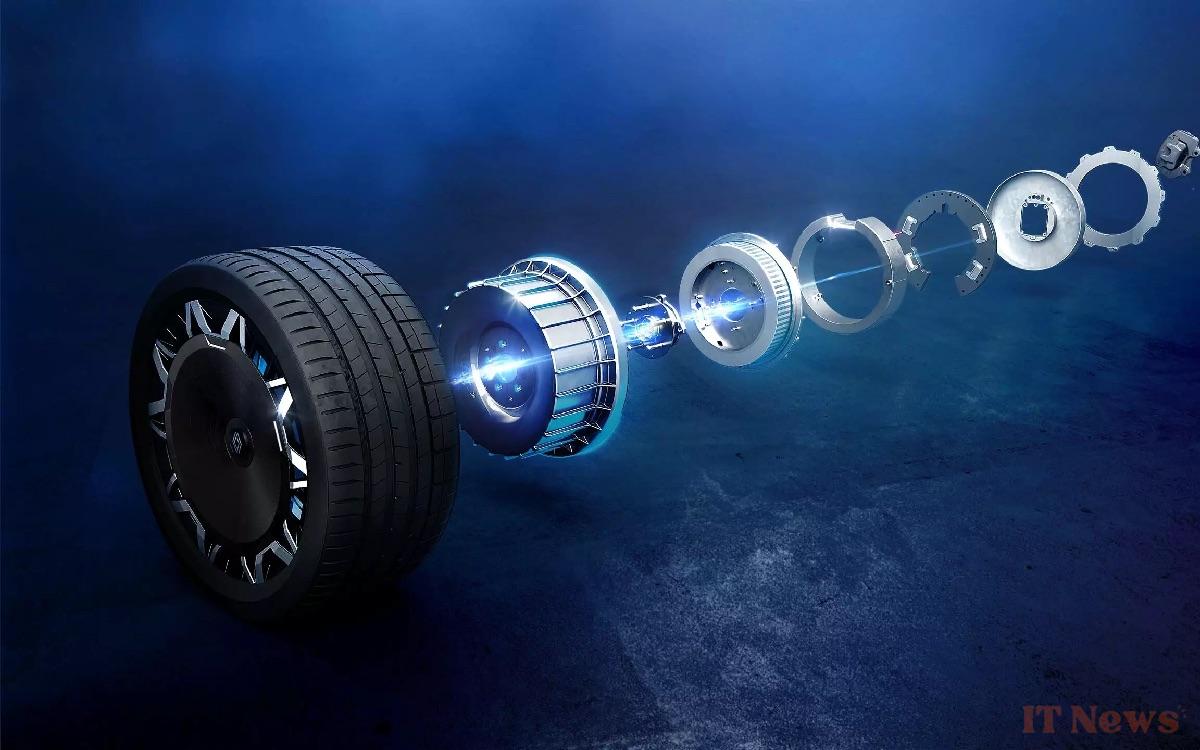A technology that's over a century old could soon transform the design of electric cars. Integrating motors directly into the wheels offers many advantages that are still underutilized. But that could change very quickly.
Electric cars are constantly evolving, both in their range and their design. Some manufacturers are now seeking to optimize space, reduce manufacturing costs, and improve performance. To achieve this, one idea is making a comeback: installing motors directly into the wheels. This principle isn't new, but it has long been sidelined due to certain technical limitations. Today, advances in materials and electronics make this solution more realistic than ever.
This technology is called the in-wheel motor. Unlike conventional systems, where a motor is placed between the wheels to drive one or more axles, here each drive wheel has its own integrated motor. Models like the Tesla Model 3, the Citroën ë-C3 Aircross, and the Renault Mégane E-Tech all use a central motor, usually at the front or rear. The in-wheel motor eliminates driveshafts and simplifies the entire mechanics. Hyundai is already exploring this avenue with its Uni Wheel system, and Renault is already using it in the R5 Turbo 3E.
Putting motors in the wheels changes everything in the design of an electric car
Putting motors in the wheels has several advantages. The first is simplicity: mechanical elements like drive shafts and reducers are eliminated. This reduces energy losses, improves efficiency, and could even increase range. Second, it frees up space at the front and rear of the vehicle, which can be used to enlarge the battery or improve the cabin. Finally, it allows individual control of each wheel, which provides better traction, especially when cornering or on slippery surfaces. Renault, for example, wants to use this technology to offer a “drift mode” on its electric sports car.
But this approach also has its limitations. A motor placed in the wheel increases the weight of the unsprung components, which can affect driving comfort and handling. It is also more exposed to shocks, water, and dirt. Solutions exist, such as specific cooling systems or reinforced protection, but they complicate the design. Other players are already developing in-wheel motors adapted to utility vehicles or hybrid models. For now, this technology remains rare, but it could soon become established in certain segments such as city cars, sports cars, or delivery vehicles.





0 Comments